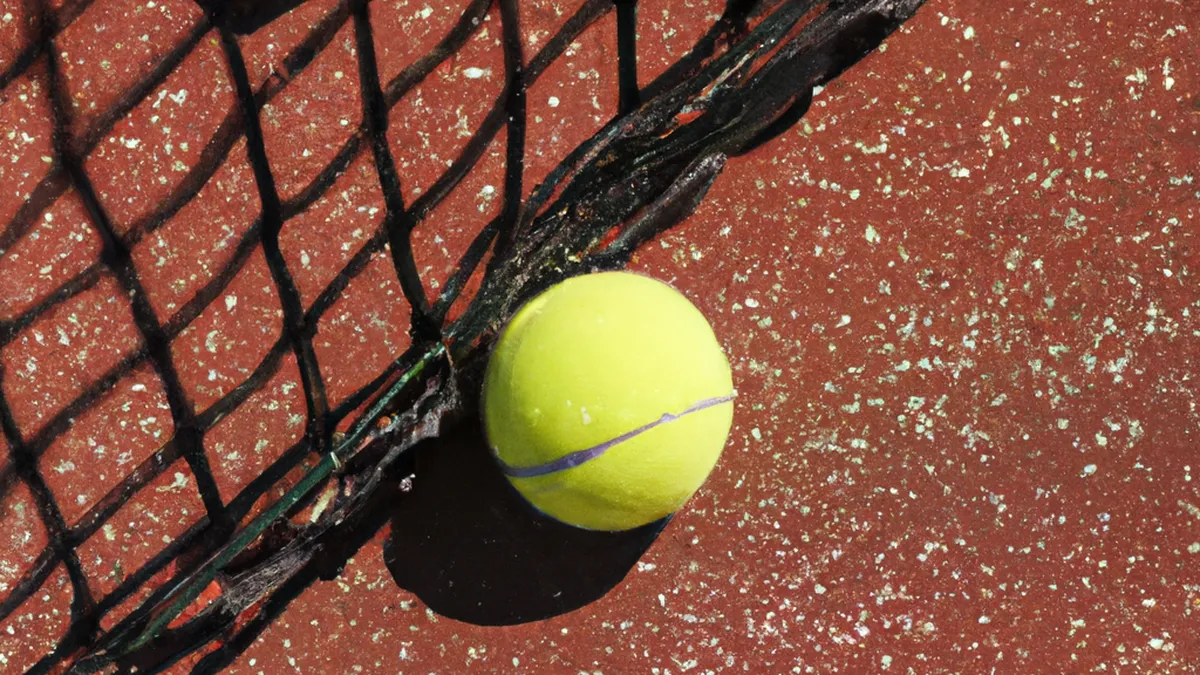Key Adjustments in Zone Defense Tactics
Zone Defense Adaptations for SituationsZone defense plays a crucial role in basketball. It can significantly change the game’s flow. Unlike man-to-man defense, players guard specific areas. This strategy demands adaptability for different situations. Here, we explore essential adaptations for zone defense.
Understanding Zone Defense
Zone defense covers specific areas instead of individual players. This strategy confuses opponents who rely on isolation plays. Teamwork and communication remain crucial. Players must understand their roles and adjust based on the offense.
Common Zone Defense Types
Several zone defenses exist, each with unique strengths. The most popular types include:1. **2-3 Zone:** Two players guard the perimeter while three defend inside. This setup protects the paint but may leave outside shots open.2. **3-2 Zone:** This formation emphasizes perimeter defense. Three players guard the perimeter while two focus on the paint.3. **1-3-1 Zone:** One player guards the top, three cover the middle, and one protects the basket. This setup disrupts passing lanes.
Transitioning Between Zones
Transitioning between zone defenses keeps the offense guessing. For example, start with a 2-3 zone, then quickly shift to a 3-2 as the opponent moves the ball. This change confuses opponents and limits scoring chances.
Tips for Effective Zone Defense Adaptations
As an Amazon Associate I earn from qualifying purchases.
Gear tip: consider basketball, indoor basketball, and basketball shoes to support this topic.
Adapting your zone defense ensures success. Here are tips to enhance your strategy.
Communicate Constantly
Communication remains vital in zone defense. Players must call out screens, cuts, and offensive changes. This practice keeps everyone aligned. It prevents breakdowns and enhances team cohesion.
Adjust to Offensive Setups
Analyze the opponent’s offensive setup. If they spread the floor, use a 3-2 zone for perimeter coverage. Conversely, switch to a 2-3 zone if they focus on the paint. Adaptability restricts scoring opportunities.
Focus on Rebounding
Rebounding is essential in zone defense. Failing to secure boards allows opponents to capitalize on second-chance points. Assign players to box out, ensuring everyone understands their rebounding duties. This focus turns defensive stops into fast-break opportunities.
Advice for Specific Situations
Different game scenarios require unique zone adaptations. Here are strategies for various situations.
Late Game Situations
In tight games, use a tighter zone. This limits passing lanes and forces opponents into contested shots. Communicate effectively and ensure players know their assignments. A well-executed late-game zone can determine the game’s outcome.
Against Strong Shooters
When facing strong perimeter shooters, apply more pressure on the three-point line. Shift to a 3-2 zone and have the top guard chase shooters. This adaptation contests shots and reduces open looks.
When Facing a Zone Offense
If the opponent uses a zone offense, switch to a hybrid defense. Combine man-to-man principles with zone concepts. This forces the offense to adjust while maintaining pressure on key players.
Benefits of Adaptable Zone Defense
Implementing adaptable zone defense offers many benefits. Understanding these advantages can improve your team’s performance.
Confusion for Opponents
An adaptable zone defense creates confusion for opponents. When players cannot predict defenders’ movements, they hesitate. This uncertainty often leads to turnovers and missed shots.
Enhanced Team Chemistry
Adapting zone defense fosters teamwork. Players must communicate and trust each other. This practice strengthens relationships on and off the court. A cohesive team is more likely to succeed.
Increased Defensive Effectiveness
When players adapt to various offensive strategies, they become more effective defenders. A flexible zone defense contains strong offensive players and limits scoring chances. This effectiveness enhances overall team performance.
Conclusion
Zone defense adaptations are critical for navigating various game situations. By understanding fundamentals and implementing strategies, teams can enhance defensive capabilities. Communication, adaptability, and rebounding focus are vital for successful zone defense. When executed well, these adaptations can impact the game’s outcome. Embrace these strategies to elevate your team’s performance.
Below are related products based on this post:
FAQ
What is zone defense in basketball?
Zone defense is a strategy where players guard specific areas of the court rather than individual opponents. This approach can confuse teams that rely on isolation plays and requires strong teamwork and communication among players to be effective.
How can teams effectively adapt their zone defense?
Teams can adapt their zone defense by constantly communicating, adjusting to the opponent’s offensive setups, and focusing on rebounding. For instance, if the opposing team spreads the floor, switching to a 3-2 zone can provide better perimeter coverage.
What are the benefits of an adaptable zone defense?
An adaptable zone defense creates confusion for opponents, enhances team chemistry, and increases defensive effectiveness. By being unpredictable, teams can force turnovers, limit scoring chances, and foster stronger relationships among players on and off the court.















Post Comment